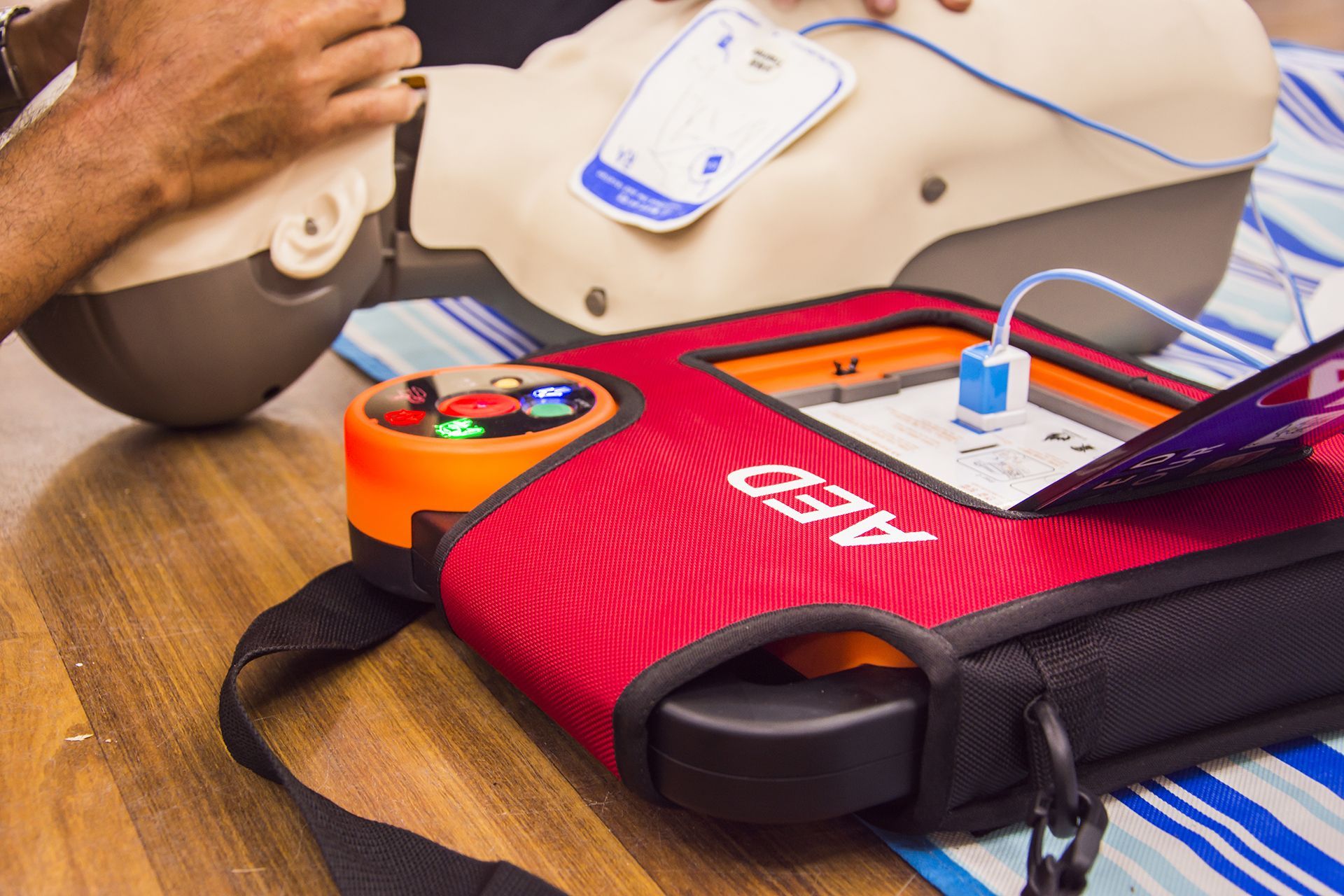First Aid Tips for Pet Owners
As pet owners, our furry companions hold a special place in our hearts, and their well-being is a top priority. In times of unforeseen emergencies or sudden health issues, knowing how to administer basic first aid can be a lifesaver for your beloved pet. Introducing first aid tips for pet owners is essential for ensuring the safety and well-being of your furry friend in times of emergencies. Whether it's a minor scrape, a sudden bout of illness, or a more serious incident, being prepared with the right knowledge and tools can make all the difference.
Knowing how to administer basic first aid can be crucial in emergencies and can help stabilize your pet's condition until you can get it to a veterinarian. With this knowledge in hand, you'll have the confidence to provide immediate care to your pet, potentially saving their life while awaiting professional veterinary assistance.
Here are some first aid tips for pet owners.
Stay Calm
In any emergency situation, it's important to stay calm. Your pet will sense your emotions, and being calm will help you think more clearly.
Safety First
Ensure the area is safe for both you and your pet. Remove any immediate hazards if possible.
Restraint
If your pet is in pain or distressed, it may behave unpredictably. Use caution and try to gently restrain them to prevent further injury.
Contact Your Veterinarian
If your pet is injured or unwell, contact your veterinarian or an emergency animal clinic immediately for guidance. Include your veterinarian's number, the closest emergency veterinary clinic, and a poison control helpline.
Basic First Aid Kit
- Sterile gauze and bandages: For wound dressing and to control bleeding.
- Adhesive tape: To secure bandages.
- Scissors with rounded tips: To cut bandages or remove hair around a wound.
- Tweezers: To remove splinters or foreign objects.
- Hydrogen peroxide (3%): To induce vomiting only under veterinary advice.
- Digital thermometer (for pets): To monitor temperature. Do not use a human thermometer, as they are not designed for pets.
- Pet-safe antiseptic wipes: For cleaning wounds.
- Latex or nitrile gloves: To protect yourself from bodily fluids and to maintain hygiene.
Common Pet First Aid Scenarios
- Bleeding: Apply pressure to the wound with a clean cloth or gauze. Elevate the injured area if possible. If bleeding is severe, seek immediate veterinary care.
- Choking: If your pet is choking, try to open their mouth and inspect for any visible obstructions. If you can see and safely remove the object, do so. If not, perform the Heimlich maneuver (for dogs) or back blows (for cats), and seek immediate veterinary care.
- Burns: Rinse the burn area with cool water and cover it with a non-stick dressing. Seek veterinary care.
- Poisoning: If you suspect your pet has ingested something toxic, contact your veterinarian or an emergency animal clinic immediately. Do not attempt to induce vomiting unless instructed by a professional.
- Seizures: Clear the area around your pet to prevent injury. Time the seizure and keep your pet as calm as possible. Seek immediate veterinary care.
- Fractures or Dislocations: If you suspect your pet has a broken bone or dislocated joint, do not attempt to set it yourself. Stabilize the injured area with a splint or bandage and seek immediate veterinary care.
- Heatstroke: Move your pet to a cooler area, apply cool (not cold) water to their body, and fan them. Seek veterinary care.
- Difficulty Breathing: Check for obstructions in the airway and administer rescue breaths if necessary. Seek immediate veterinary care.
Pet CPR
Learn and familiarize yourself with cardiopulmonary resuscitation (CPR) for pets.
Know Your Pet's Normal Vital Signs
This includes heart rate, respiratory rate, and body temperature. Knowing what's normal for your pet can help you recognize abnormalities.
- Heart Rate: For dogs, it's usually between 70-160 beats per minute. For cats, it's 140-220 beats per minute.
- Respiratory Rate: Dogs typically breathe 10-30 times per minute, while cats breathe 20-30 times per minute.
- Body Temperature: Normal for dogs is around 100-102.5°F (37.8-39.2°C), and for cats, it's 100.5-102.5°F (38.1-39.2°C).
Regular Vet Check-ups
Routine veterinary visits can help identify and address potential health issues early.
Pet-Specific Information
Be familiar with your pet's medical history, allergies, and any medications they're taking.
Pet Behavior Understanding
Understand your pet's normal behavior, so you can recognize when something is wrong.
Take a Training Course
Remember, while these tips are helpful in emergencies, these tips are not a substitute for professional veterinary care. Always consult a veterinarian for any serious or prolonged health concerns. Additionally, consider taking a pet first aid course offered by reputable organizations or consult with your veterinarian for personalized advice.
Let Emergency Response Training Services help teach you how to care for your pets during an emergency.



